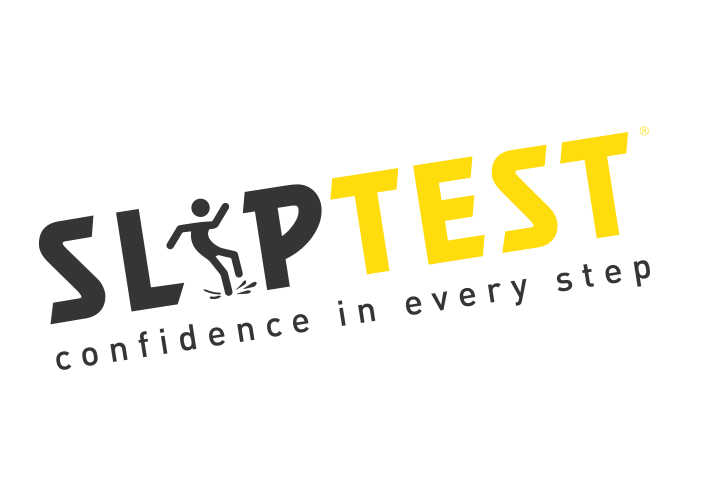How to tell if there is more than just water on your wet floor.
A wet floor surface will inevitably increase the slip risk of your floor. However, if a previous spillage has contaminated the floor and not been cleaned up correctly, the wet floor surface can become even more slippery, further increasing the chance of slipping on the wet floor.
This video looks at how an oil-based contamination such as perfume or a polish residue will react with water and change the wet slip risk of the floor surface.
Perfume, an oil-based contamination, is often found on floor surfaces outside perfume stores or in department stores around the perfume counter. You may also find this contamination in washrooms if people have topped up their perfume. It is important to be aware of these areas and the impact this contamination will have on the floor surface and consider this in your cleaning regime.
If an oil-based contamination is on the floor and then water reaches the floor, the oil on the floor will typically displace the water.
If you see this kind of displacement whilst cleaning it is an indication that the floor needs a more thorough clean to remove the invisible contamination. This is important as the presence of the contamination further increases the chance of slipping on the wet floor.
The other example the video looks at is a polish residue. Typically, we find this on a highly polished floor surface, the residue is often left behind when trying to create a high shine look. But it is important to be aware this contamination will increase the slip risk, especially the wet slip risk.
Although the contamination is invisible to the naked eye, once water mixes on the floor surface we would typically see the water bead on the surface, indicating that this type of contamination is present, and the floor surface needs a thorough clean to remove the residue.
By how much does the wet slip risk increase when mixed with other contaminations?
The answer to this will depend on multiple factors, such as the type of floor surface, the cleaning regime, the environment, the type of contamination present and so on.
The example of the polish residue, in this video, sees the wet slip results go up from a SlipAlert Value of 131 (39 PTV) to a SlipAlert Value of 142 (32 PTV). In simple terms the polish residue has taken the floor from a low risk of slip to a moderate risk of slip in the wet, dramatically increasing the risk to any pedestrians travelling on the floor surface.
What we can say with confidence is that these types of contamination will most definitely increase the chance of slipping on a wet floor. For this reason, it is important to recognise the presence of these contaminations and have an effective cleaning regime in place to remove them.



